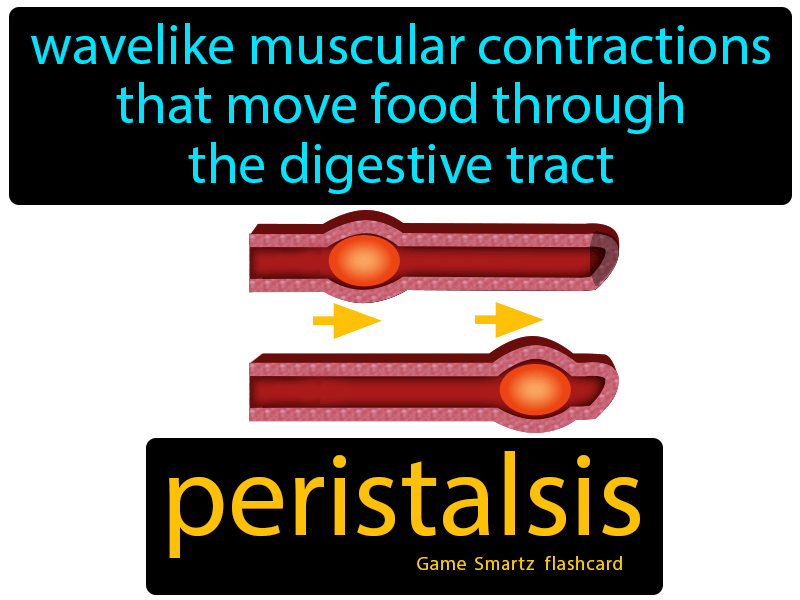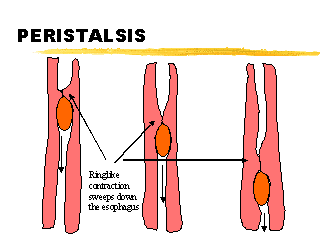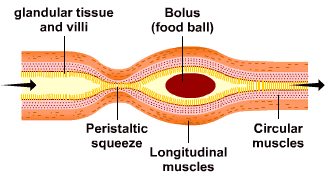The word peristalsis is derived from the Greek word Peristellein, which means to wrap around or to set in order. Peristalsis involves the involuntary movements of the circular and the longitudinal muscles. Primarily it takes place in the digestive tract, but occasionally it can happen in other hollow tubes of the body, and it occurs in the progressive wave-like contractions. The peristalsis waves occur in the intestine, stomach, and mouth. These waves can be short, long, or the local reflexes. It causes the continuous contractions which travel throughout the length of the organs depending on the situation which initiates their action, and on their location.

Peristalsis Causes the Movement of Material
It is a distinctive pattern for the contraction of the smooth muscles and it propels the foodstuff distally through the esophagus and the intestines. It involves the manifestation of two reflexes within the enteric nervous system which is stimulated by the bolus of the foodstuff in the part of the lumen. Peristalsis has also been observed in the tubes which makes the connection between the kidneys, and the bladder. It is an important and the automatic process which causes the movement of food through the digestive system, movement of urine from kidneys to the bladder, and the movement of the bile from the gall bladder to the duodenum. It is a normal function of the body and can be felt in the belly when the gas moves on.


Mechanism of Peristalsis
It is the radial symmetry of the contraction and the relaxation of the muscles which propagates the wave in the anterograde direction. This movement causes the relaxation of the circular, and the smooth muscles and their contraction behind the chewed material to produce the conditions for its backward movement and then causes the longitudinal contraction to push it in the forward direction. The mechanical distension and the mucosal irritation cause the stimulation of the afferent enteric neurons. It causes the synapses between the two sensory neurons, with the two sets of the cholinergic interneurons, and produces the two distinct effects.
- One group of the interneurons causes the excitation of the motor neurons above the bolus which contains the substance p and the acetylcholine and then the contraction of the smooth muscle is stimulated.
- Another group of the interneurons causes the activation of the inhibitory motor neurons, which causes the stimulation of the relaxation of the smooth muscle.
The peristalsis is also employed by the earthworms, for driving their locomotion and it is also imitated in the design by the modern machinery.